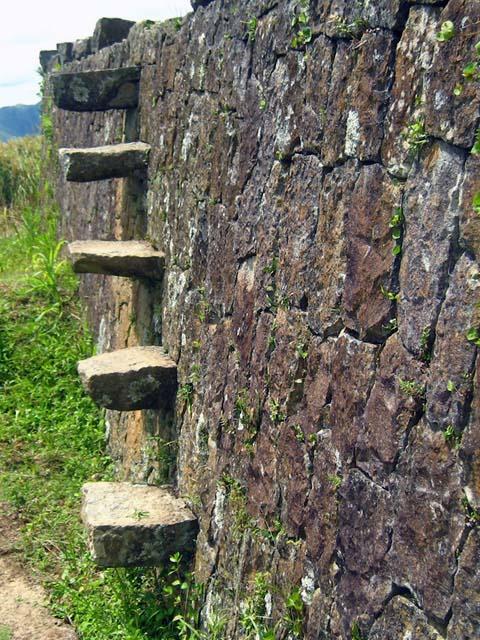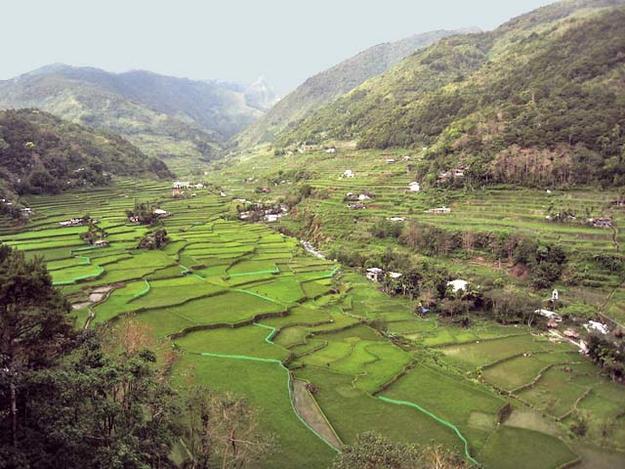2000 and 2010 World Monuments Watch
Cascading down the eastern flank of the Cordillera Central mountain range in the heart of Luzon, hundreds of man-made terraces stand testament to the cooperative spirit and ingenuity of a people who settled and thrived in this rugged environment. Facing limited land and soil resources, these early inhabitants developed four terrace complexes during the 16th century for the cultivation of rice. Today, these structures are still heralded as some of the world’s best examples of soil conservation technology. For the indigenous Ifugao peoples who maintained them throughout the centuries, the terraces symbolize the survival of their distinctive cultural legacy. This majestic cultural landscape was inscribed on the World Heritage List in 1995, and in 2001, it was placed on the List of World Heritage in Danger due to physical deterioration and loss of the site’s cultural underpinnings. The terraces continue to face decreasing use and are now threatened by wide-scale abandonment. The rice terraces of the Philippine Cordilleras underscore the challenge of conserving a once-dynamic environment that has lost both its primary function for agricultural productivity and the people who have traditionally maintained it as they leave the region to pursue other employment opportunities. These situations require innovative approaches to preserve the community as well as the historic landscape and related man-made structures.
Since the Watch
The site was retained on the List of World Heritage in Danger until 2012. Starting in 2010, revenue from a new hydropower plant donated by a partnership of electric utilities from the world’s largest economies will sustain a fund for the conservation of the rice terraces. Sales to the local energy distribution company are expected to generate $70,000 annually for this purpose. Meanwhile, collaboration with the World Heritage Site of Cinque Terre was formalized with an agreement for a Twinning Program of Exchange and Cooperation. The rice terraces suffered again during the 2011 monsoon, and local actions have helped secure more resources for conservation. In January 2012, the Philippine Department of Agriculture allocated 30 million pesos, or $700,000, to repair the rice terraces and reverse the effects of years of erosion. January 2012



